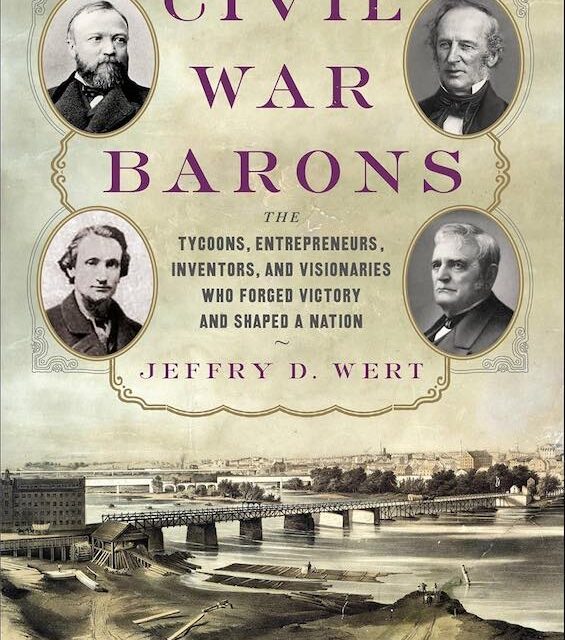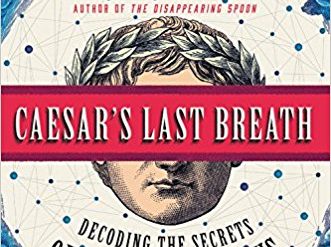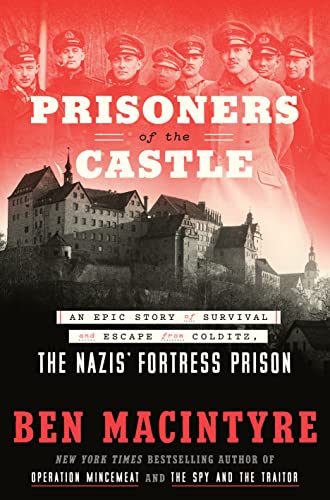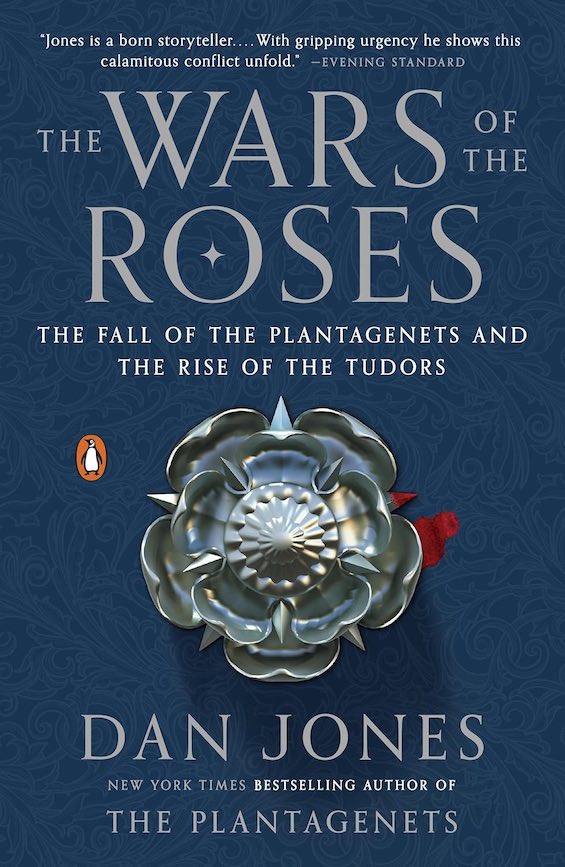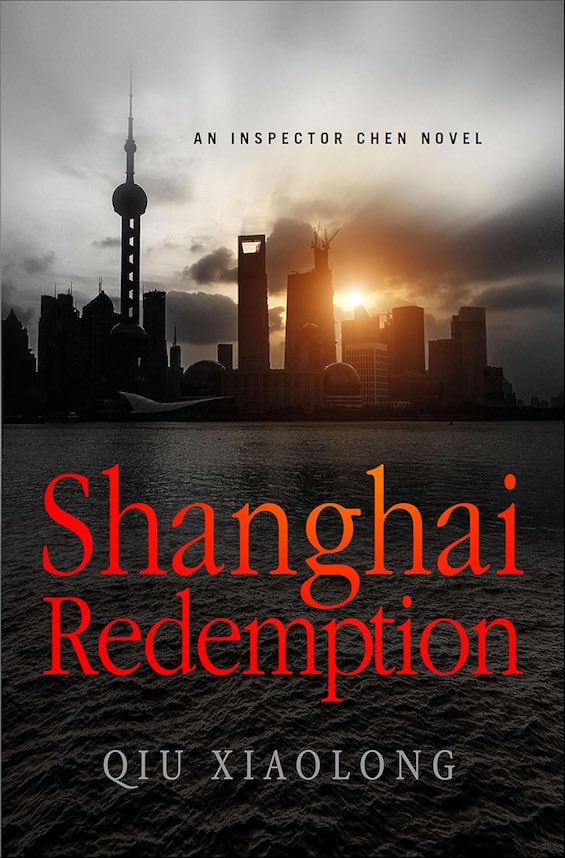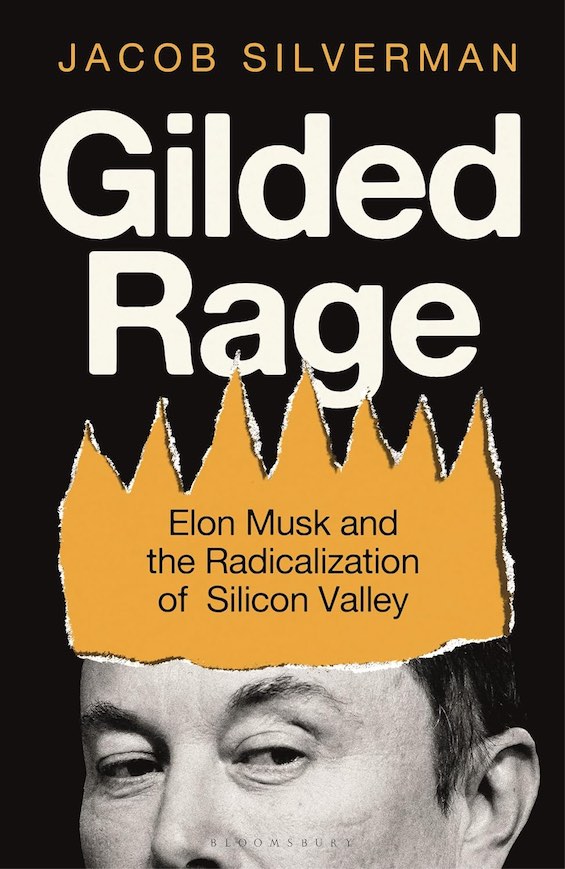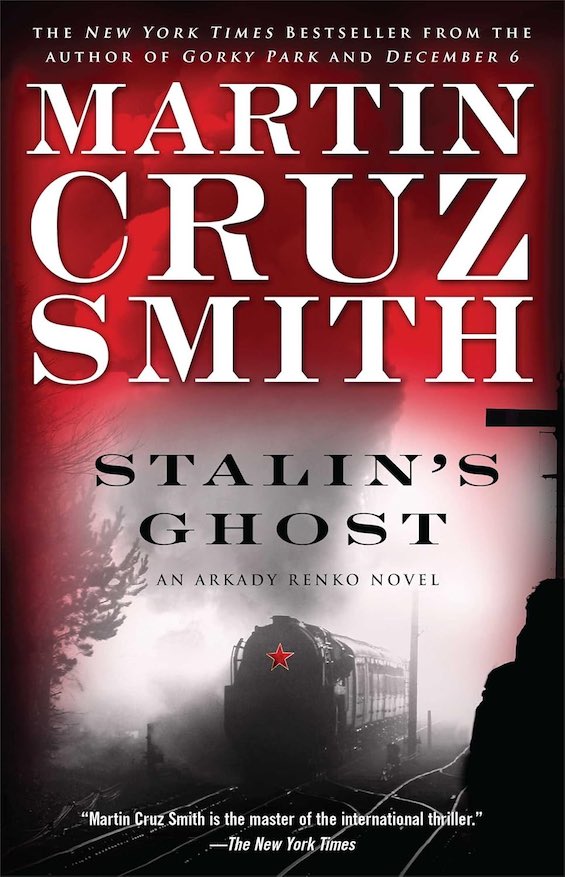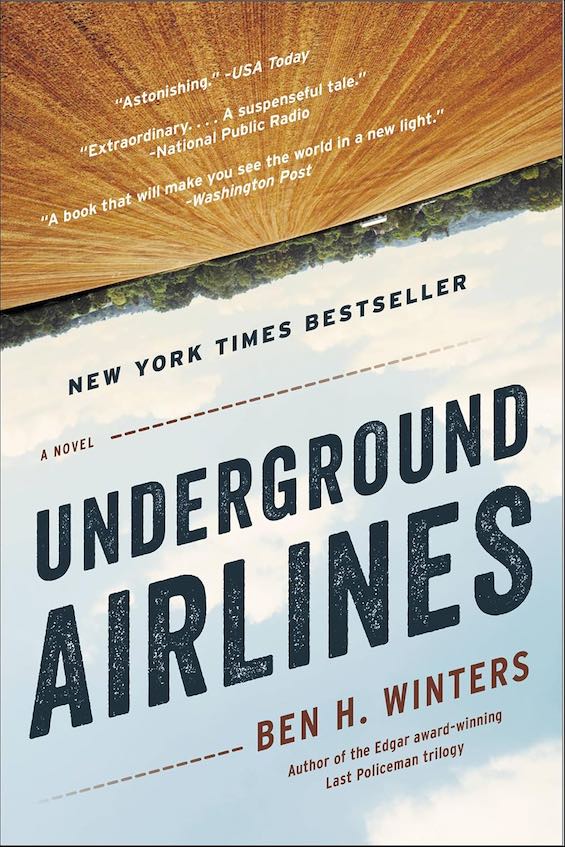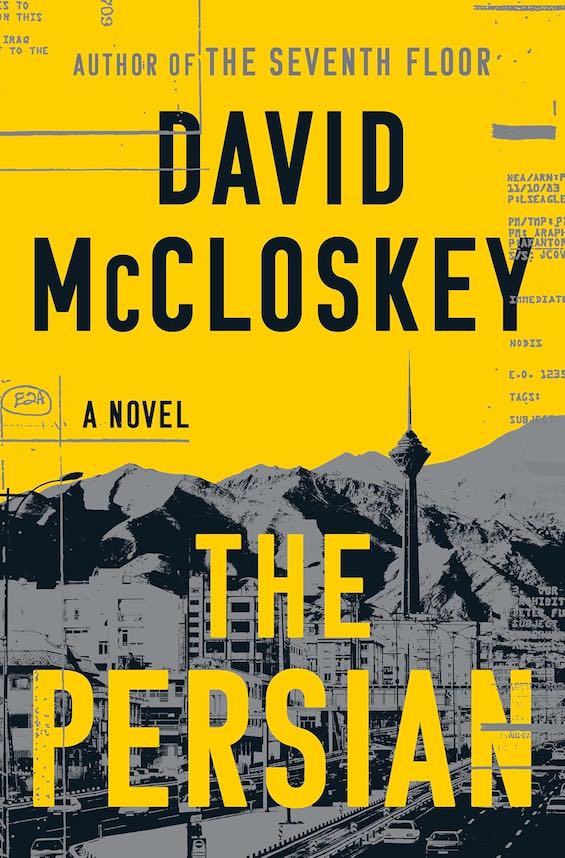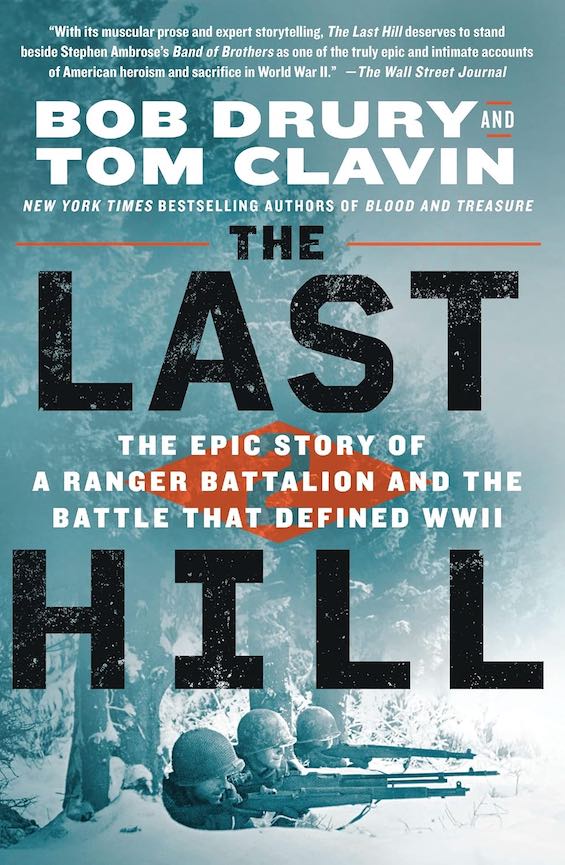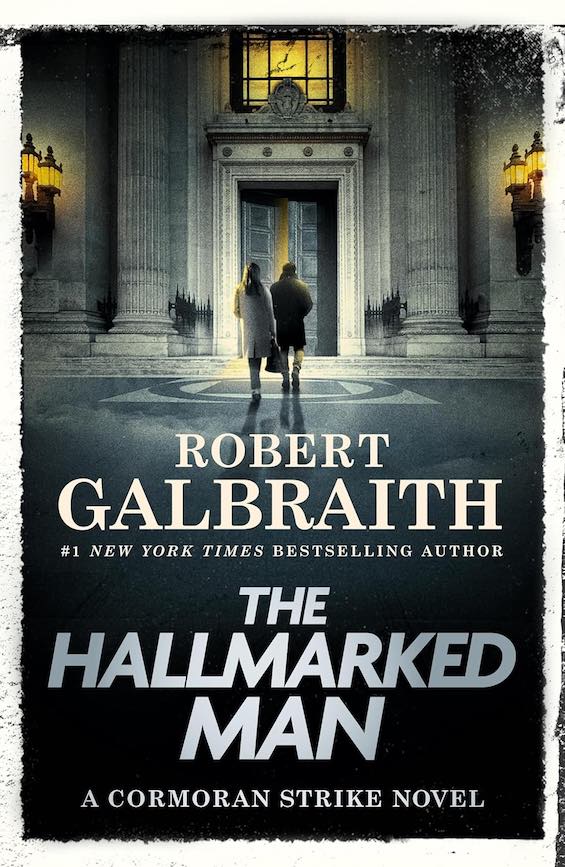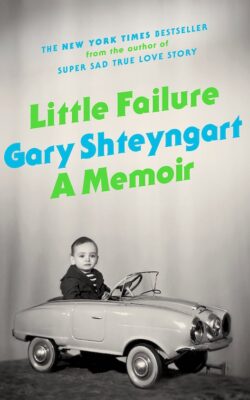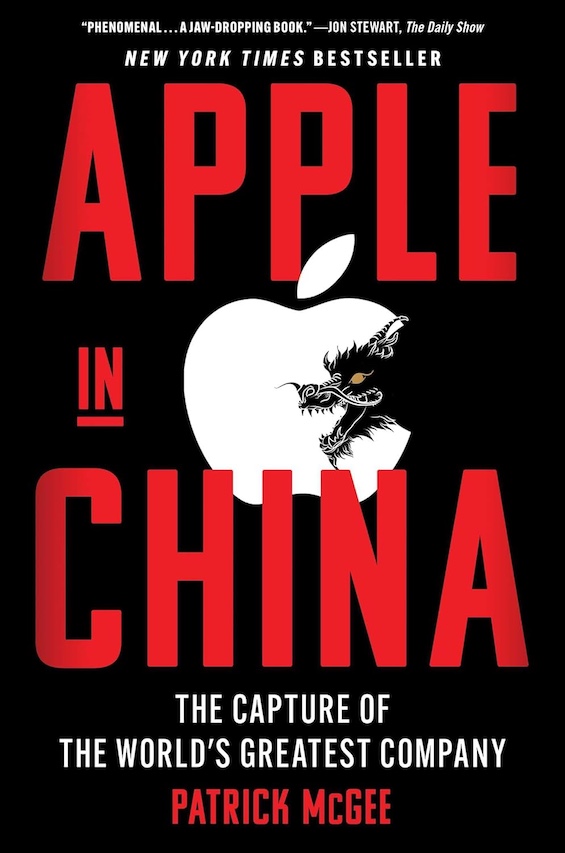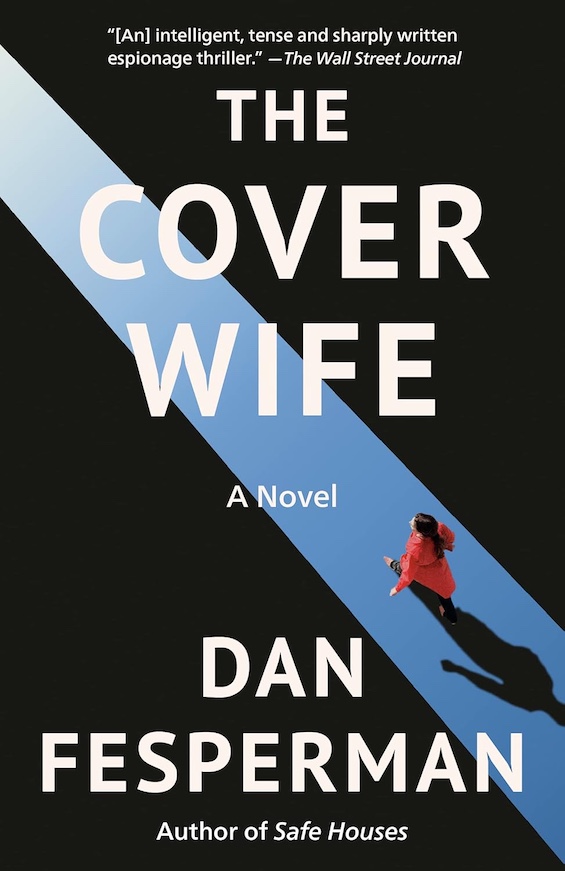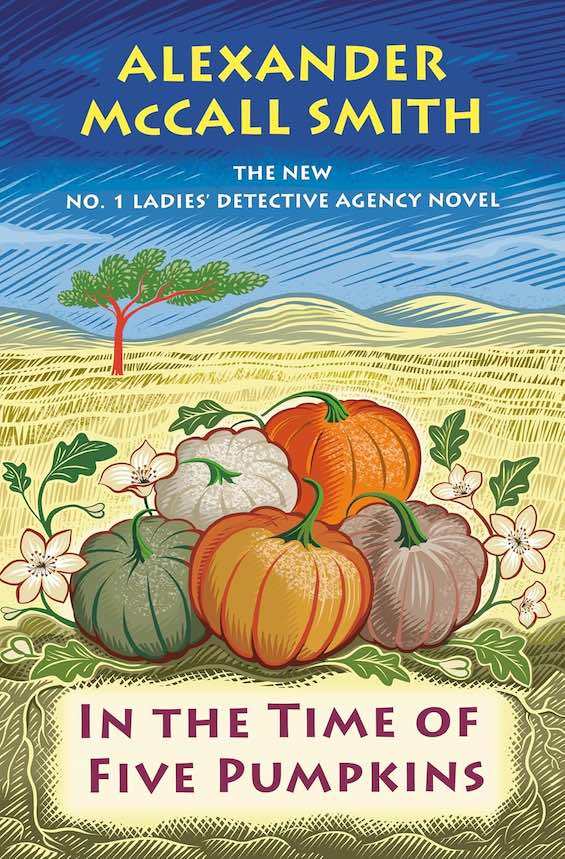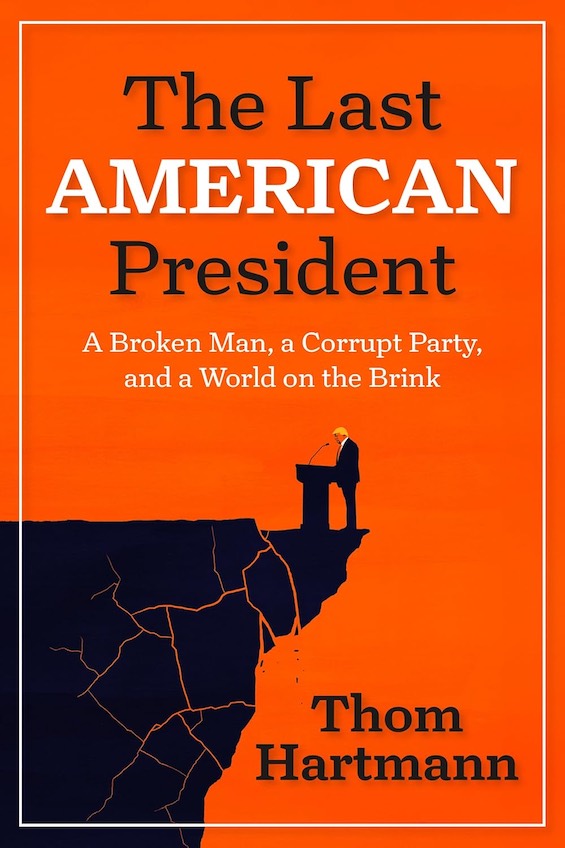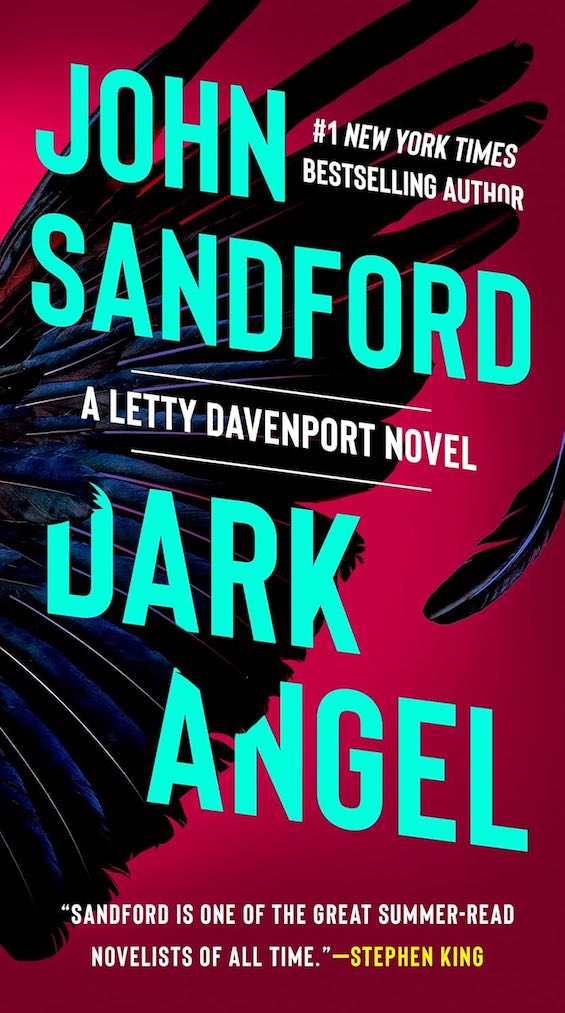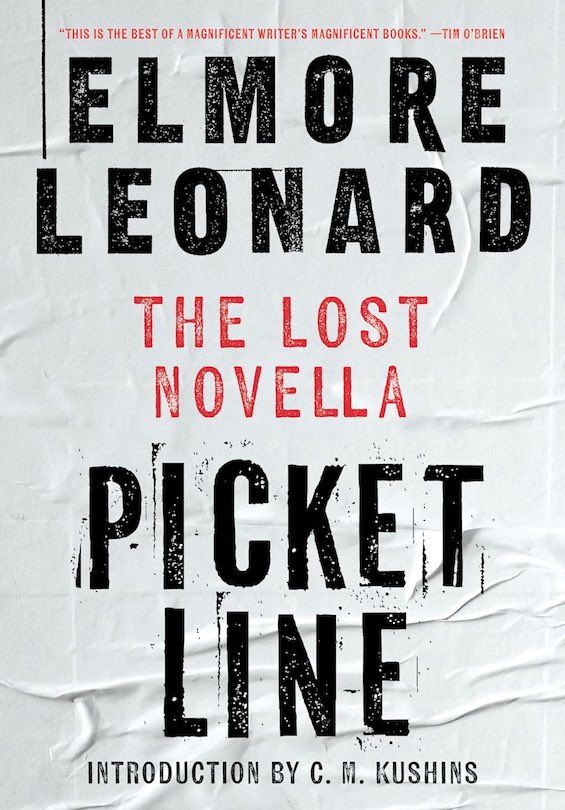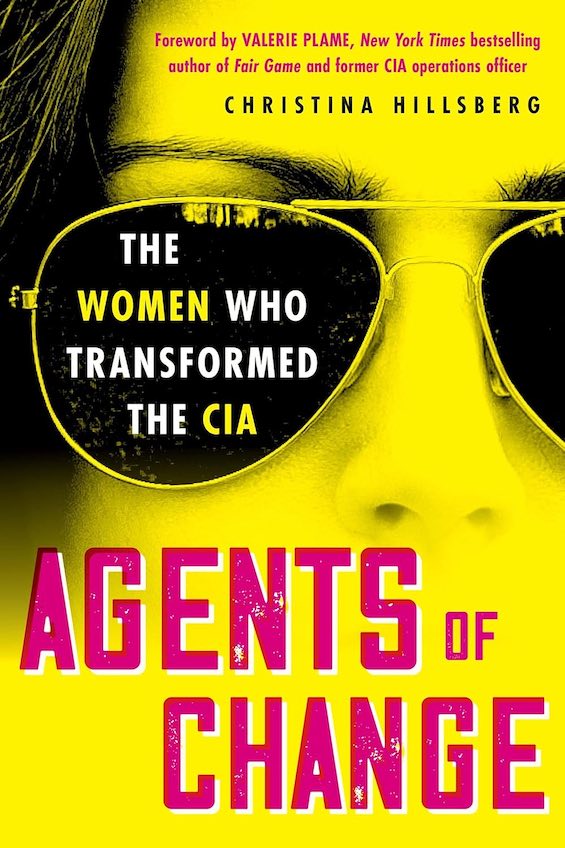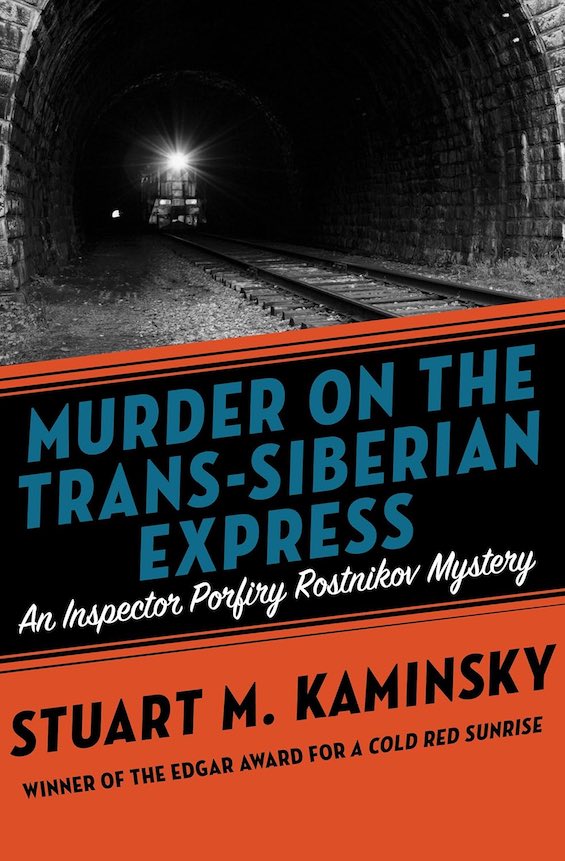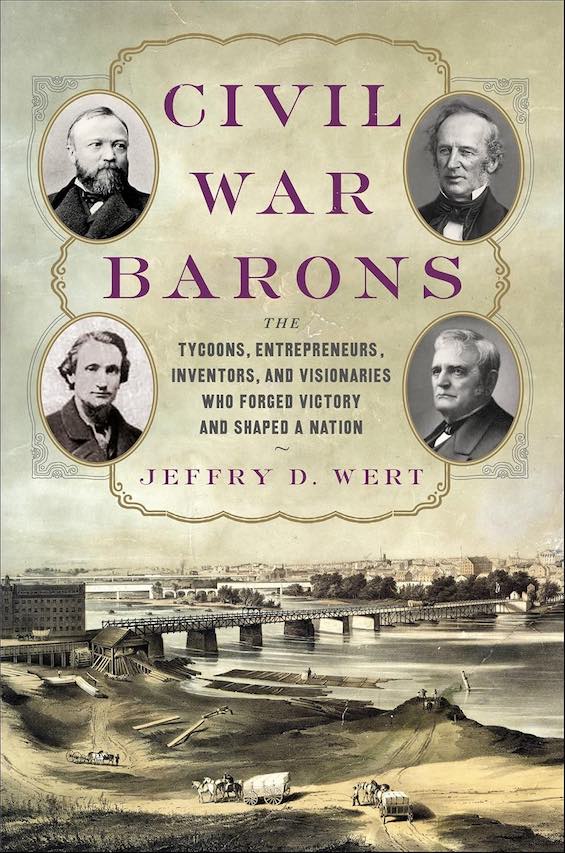
In 1860, when civil war erupted, the federal government was a mere shadow of what it has become today. The federal budget was about $63 million, only about $2.5 billion in 2025 dollars. That compares to the $6.6 trillion, or $6,600 billion, the government spent in the the past year. And only about 36,000 civilians worked for the federal government in 1860, 85 percent of them for the post office. Twenty-five thousand served in the US Army and Navy. Today the government employs 1.32 million active-duty soldiers, sailors, and airmen and some 2.9 million civilians. How, then, could the United States arm, clothe, feed, house, and transport millions of troops and raise billions of dollars to fund a protracted war? Jeffry D. Wert explains in Civil War Barons how that became possible only when the government turned to the private sector. The upshot? American industry won the Civil War.
A staggering accomplishment
Here’s the gist of it, in Wert’s words: “[A]t war’s end in April 1865, the federal government had spent more than $3 billion on the victory. [That’s about $60 billion today.] Two-thirds of that amount had gone for the purchase of materiel.
“On some items, the numbers were staggering: 1 billion rounds of small arms ammunition, 1 million horses and mules, 1.5 million barrels of pork, 100 million pounds of coffee, 6 million woolen blankets, and 10 million pairs of shoes. . .
“This level of mobilization could not have been possible without an American business culture, natural and man-made resources, a skilled and trainable workforce, and leaders in private industry.”
This dwarfed what the 11 states of the Confederacy could bring to bear. And, to make the case, Wert paints us a picture of the work of 19 exceptional inventors, entrepreneurs, and financiers who played large roles in the effort.
Civil War Barons: The Tycoons, Entrepreneurs, Inventors, and Visionaries Who Forged Victory and Shaped a Nation by Jeffry D. Wert (2025) 225 pages ★★★★☆
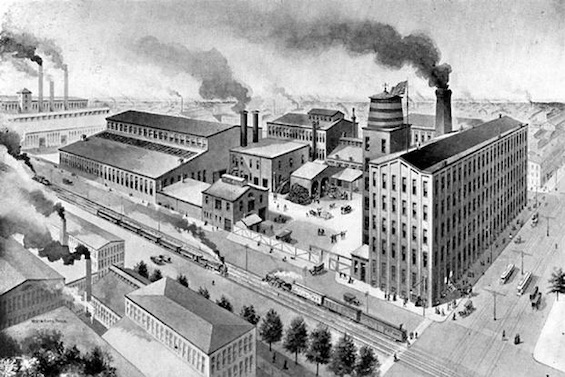
Business leaders and innovators both well known and obscure
Half of the men profiled in Wert’s book are little known today. But the other half “are well known to millions of contemporary Americans because of their creations or their wealth—Philip D. Armour, Gail Borden Jr., Andrew Carnegie, John Deere, Cyrus McCormick, Edward Squibb, the Studebaker brothers, Cornelius Vanderbilt, and Frederick Weyerhaeuser.” Their work was key to victory. Meatpacking. Condensed milk. Farm machinery. Pharmaceuticals. Carriages. Shipping. And lumber. These industries, combined with the work of other leaders in the financial markets, logistics, railroad construction and management, submarines, advanced weaponry, and innovation in numerous other industries rounded out the work of their better-known contemporaries. In the long run, the South never had a chance.
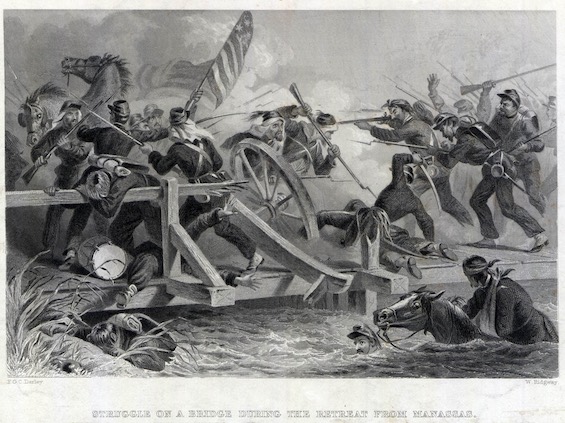
A summary of the book by Claude-AI
At the risk of putting to shame my own, less wide-ranging account above, I asked the artificial intelligence Claude-AI to summarize the book. I’m including its effort below, verbatim except that I’ve deleted the URLs to its sources and added subheads to ease reading.
In Civil War Barons, historian Jeffry D. Wert examines a remarkable yet largely unknown group of men whose contributions won the war and shaped America’s future. The Civil War woke a sleeping giant in America, creating unprecedented industrial growth that not only supported the struggle but reshaped the nation. Published in 2018, this 288-page work shifts Wert’s focus from his usual military histories to explore the economic and industrial forces that powered Union victory.
Winning the war and accelerating the American economy
The book profiles nineteen “Civil War barons” whose industrial fortunes and futures were yoked to the outcome of the conflict, demonstrating how wars change economies and how the Civil War accelerated American capitalist development. Energized by the country’s dormant potential and wealth of natural resources, these individuals of vision, organizational talent, and capital took advantage of the opportunities that war provided.
Wert arranges the book thematically, with ten main chapters following pairs of entrepreneurs and industrialists. Each individual receives 10-12 pages for their story in accessible, short biographies that avoid overwhelming financial details. The subjects include familiar names like John Deere, whose plows helped feed large armies; Gail Borden, whose condensed milk nourished Union troops; the Studebaker Brothers, whose wagons moved war supplies; and Robert Parrott, whose rifled cannon was deployed on countless battlefields.
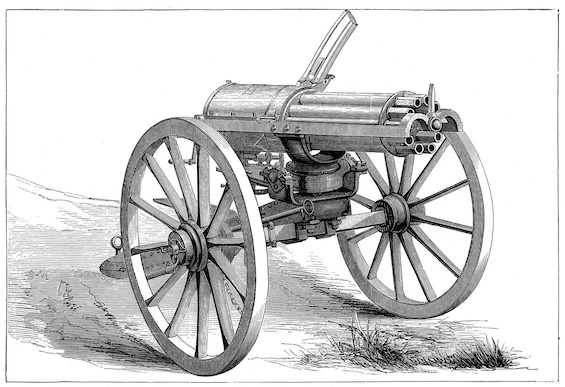
Brilliant inventors played a large role
Lesser-known figures receive equal attention, including Henry Burden (who developed a method to produce 60 horseshoes per minute), Gordon McKay (who patented a machine to sew soles to shoes), and J. Edgar Thomson (architect of the Pennsylvania Railroad). The book also features Christopher Spencer, whose repeating rifle earned Abraham Lincoln’s personal endorsement after Spencer demonstrated its capabilities at the White House.
These innovations sustained Union troops, affected military strategy and tactics, and made the killing fields even deadlier. Their ranks helped save the Union and refashion the economic fabric of a nation. In a literature so focused on soldiers’ deeds, Wert offers a refreshing reminder of the vast network that enabled their victory—men needed trains, shoes, and horses to conduct effective campaigns.
Based on extensive research
Utilizing extensive research in manuscript collections, company records, and contemporary newspapers, Wert demonstrates that these men became models of Lincoln’s Republican vision of a free labor republic that rewarded persistent pursuit of economic betterment and innovation. The book reveals how these wartime entrepreneurs laid the foundation for America’s postwar industrial expansion during the Gilded Age, transforming the nation from handmade production to automated assembly lines.
About the author

Jeffry D. Wert has written 10 books about the Civil War. He holds a BA from Lock Haven University, and an MA from Pennsylvania State University, both in History. A former history teacher at Penns Valley High School, he lives in Centre Hall, Pennsylvania, slightly more than one hour from the battlefield at Gettysburg. He was born nearby in 1946.
For related reading
For an excellent account of the crucial year 1862, see Rise to Greatness: Abraham Lincoln and America’s Most Perilous Year by David Von Drehle (During that fateful year when Abraham Lincoln saved the Union).
You’ll find other revealing books at:
- Top 20 popular books for understanding American history
- My 10 favorite books about business history
- 25 top nonfiction books about history
And you can always find the most popular of my 2,300 reviews, and the most recent ones, on the Home Page.

